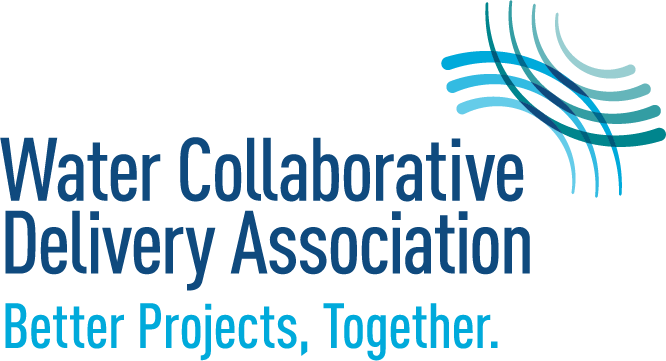Challenge
The town of Sullivan’s Island, a barrier island east of Charleston, South Carolina, owns and manages a municipal wastewater treatment plant and collection system that serves a population of 400,000. Sullivan’s Island officials were growing increasingly concerned about the site conditions of the plant and pipelines. The Sullivan’s Island project needed a programmatic approach that would minimize any potential need for regulatory action, reduce operating and long-term sustainability costs, and ultimately minimize impacts to the community.
To fully understand the issues on Sullivan’s Island, Arcadis held numerous discussions with town officials, examining all available options in detail. By inspecting the sewer lines with cameras and grouting where necessary, Arcadis could address issues without highly disruptive digging. Deploying multiple teams at various locations—and working with the town’s smaller in-house team—enabled Arcadis to accomplish the work quickly. The construction management at-risk (CMAR) framework made it possible to shift the bulk of the project’s implementation risk to Arcadis, allowing the Sullivan’s Island team to focus on its most pressing concerns: population impact, budget, and, ultimately, mitigation of infiltration and inflow issues.
Approach
Sullivan Island’s officials were growing increasingly concerned about the site conditions of the town’s treatment plant and pipelines. The Sullivan’s Island project needed a programmatic approach that would minimize any potential need for regulatory action, reduce operating and long-term sustainability costs, and ultimately minimize impacts to the community. Arcadis was chosen and decided the best approach was a construction manager at-risk (CMAR) arrangement.
Results
The project was implemented under an accelerated schedule with guaranteed maximum price to achieve immediate flow reductions and reduce the sewer system’s overall operations costs. Beginning as the work was initiated, flow reduction benefits were evaluated, with operations reports showing that immediate impacts of lower than typical flow responses to the rainfall events were occurring.
Arcadis and Sullivan’s Island, through collaborative efforts, identified solutions to short- and long-term issues. The overall goal of achieving maximum value rather than obtaining the lowest installation cost was successfully completed.

